ED630 Presentation: Assessment and Evaluation in Education
VerifiedAdded on 2023/05/28
|16
|1634
|245
Presentation
AI Summary
This presentation provides an overview of assessment and evaluation in education, distinguishing between the two concepts and highlighting their importance in planning and expanding educational programs. It covers various types of classroom assessments, including formative, summative, observational, performance, portfolio, and authentic assessments, discussing their respective roles in improving student learning. The presentation also addresses the strengths and weaknesses of classroom assessment, emphasizing the importance of monitoring student progress and identifying areas for improvement. Furthermore, it explores strategies for achieving excellence through effective assessment and evaluation practices, such as aligning learning materials with curricular objectives and providing targeted support to students based on their assessment results. The presentation concludes by acknowledging the challenges associated with assessment, such as time consumption and potential for superficial knowledge measurement, and proposing solutions to mitigate these issues. This student-contributed document is available on Desklib, a platform offering a wide range of study tools and solved assignments.
1 out of 16
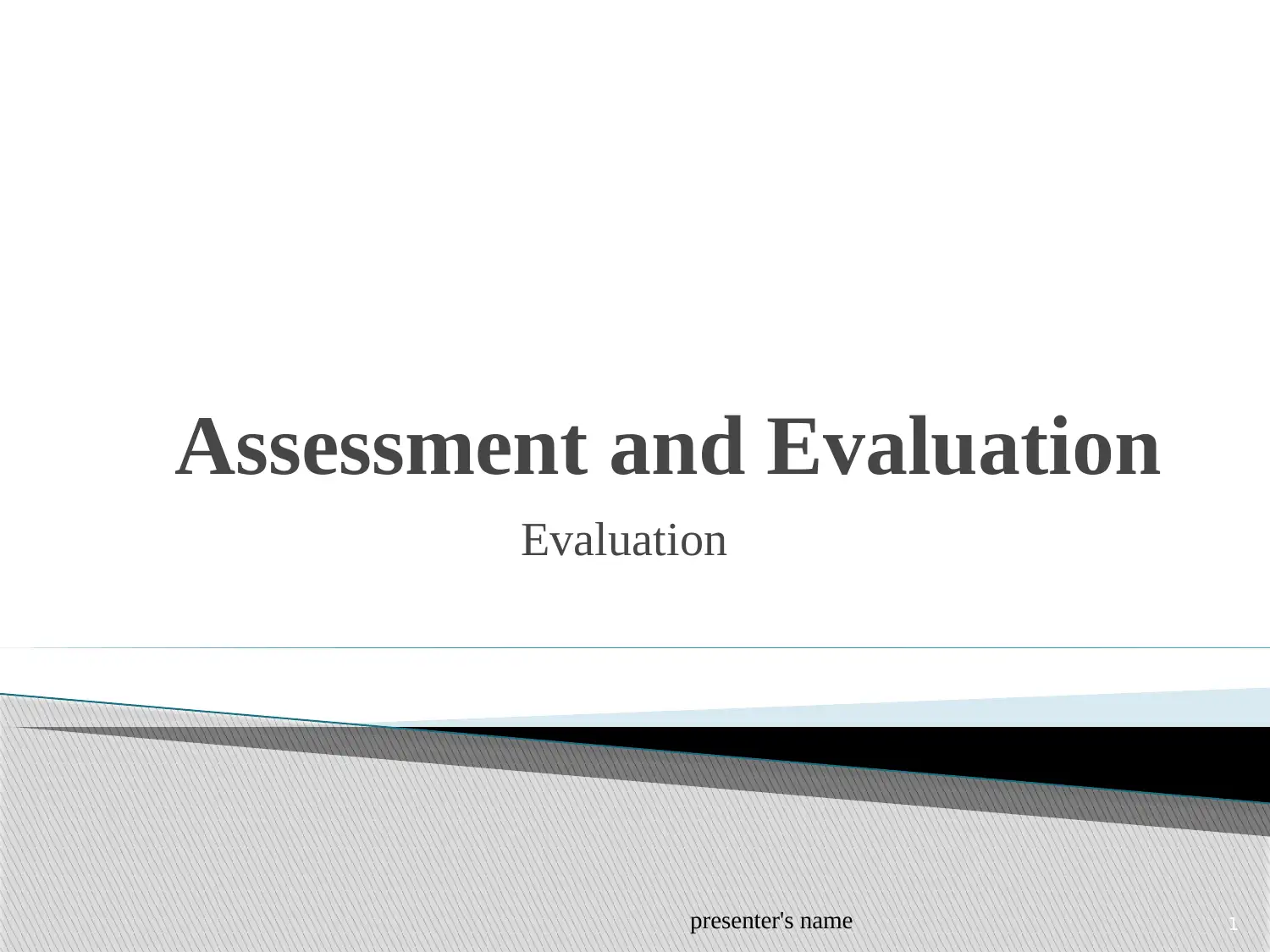
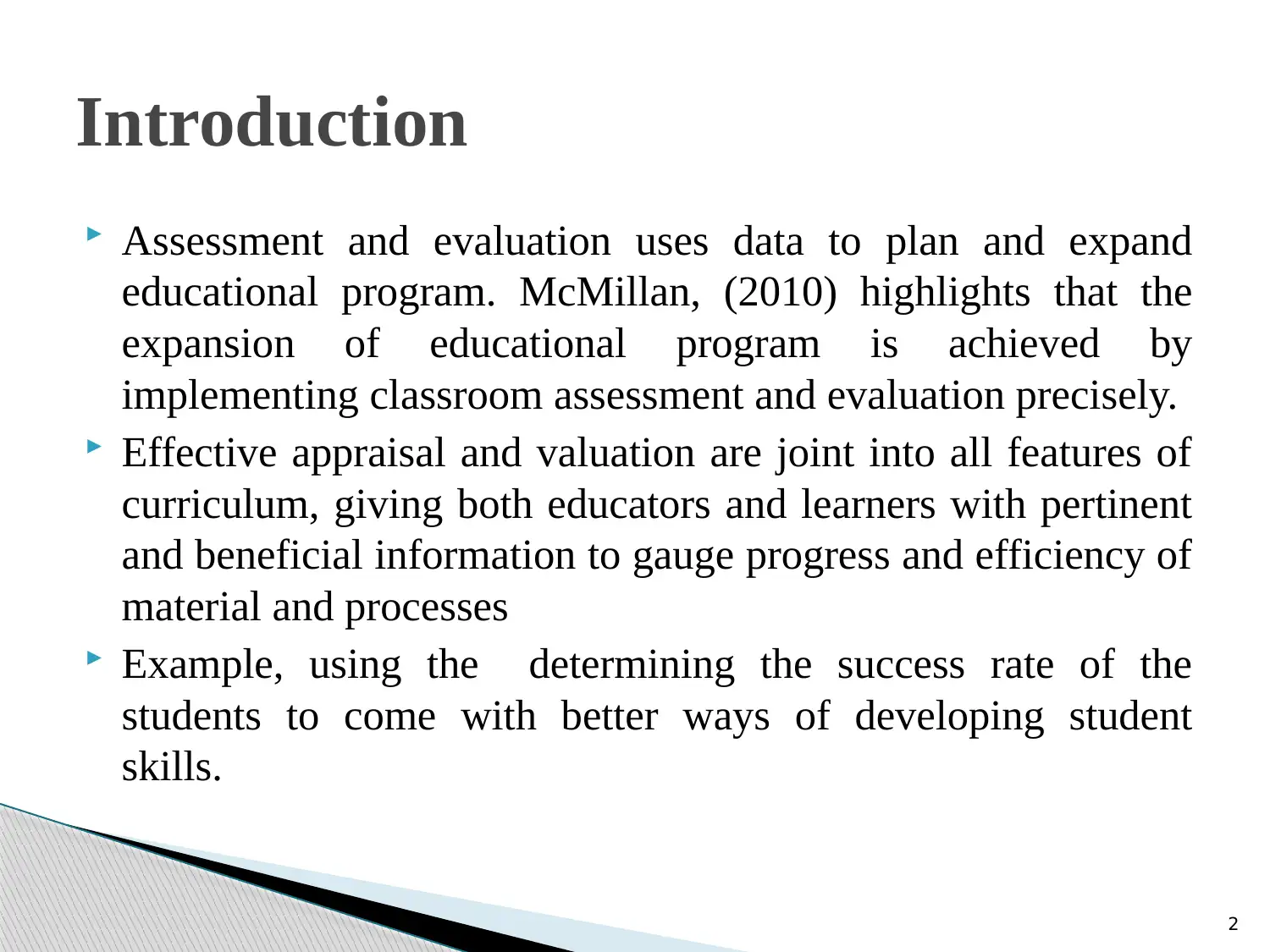
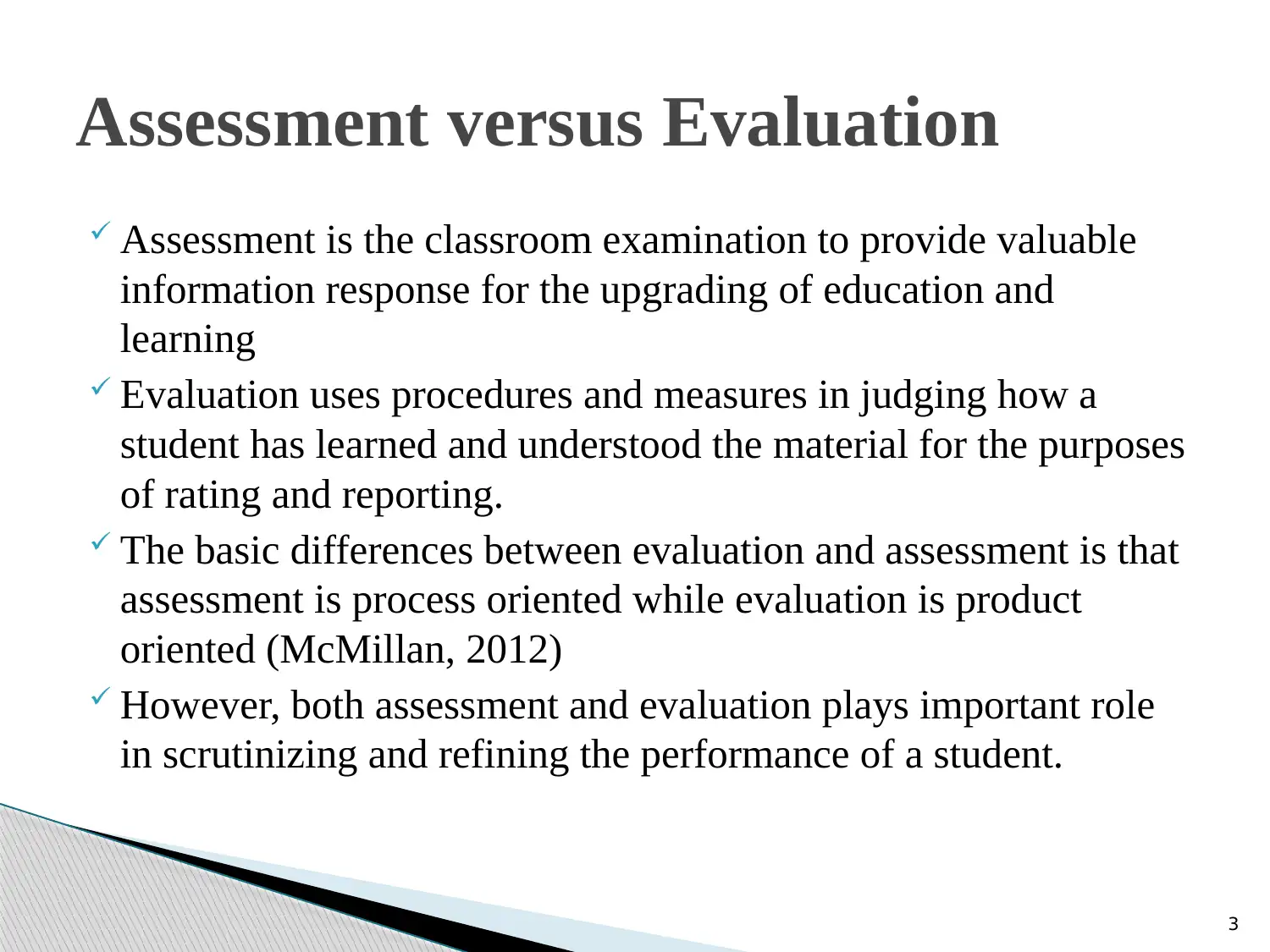

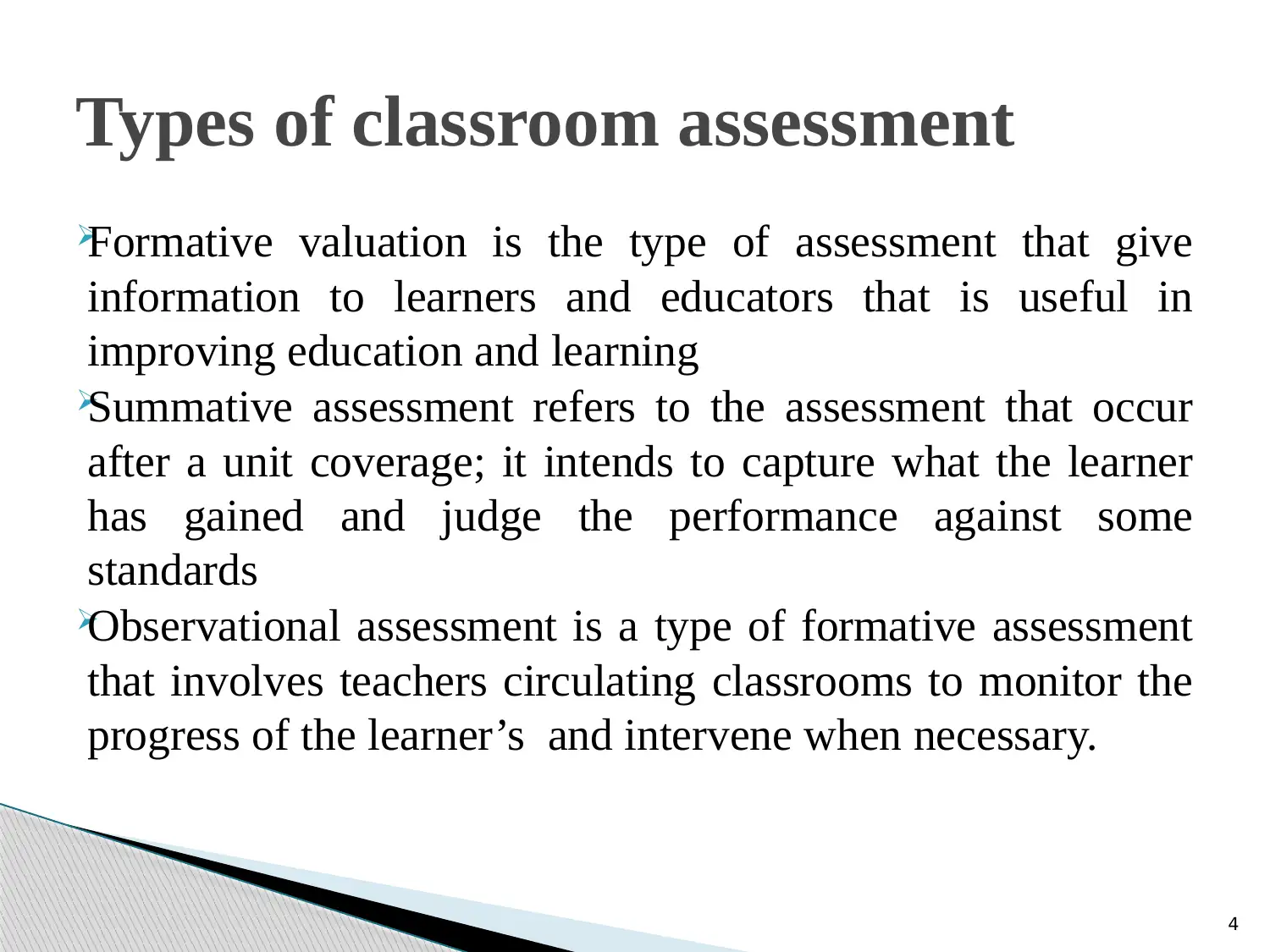
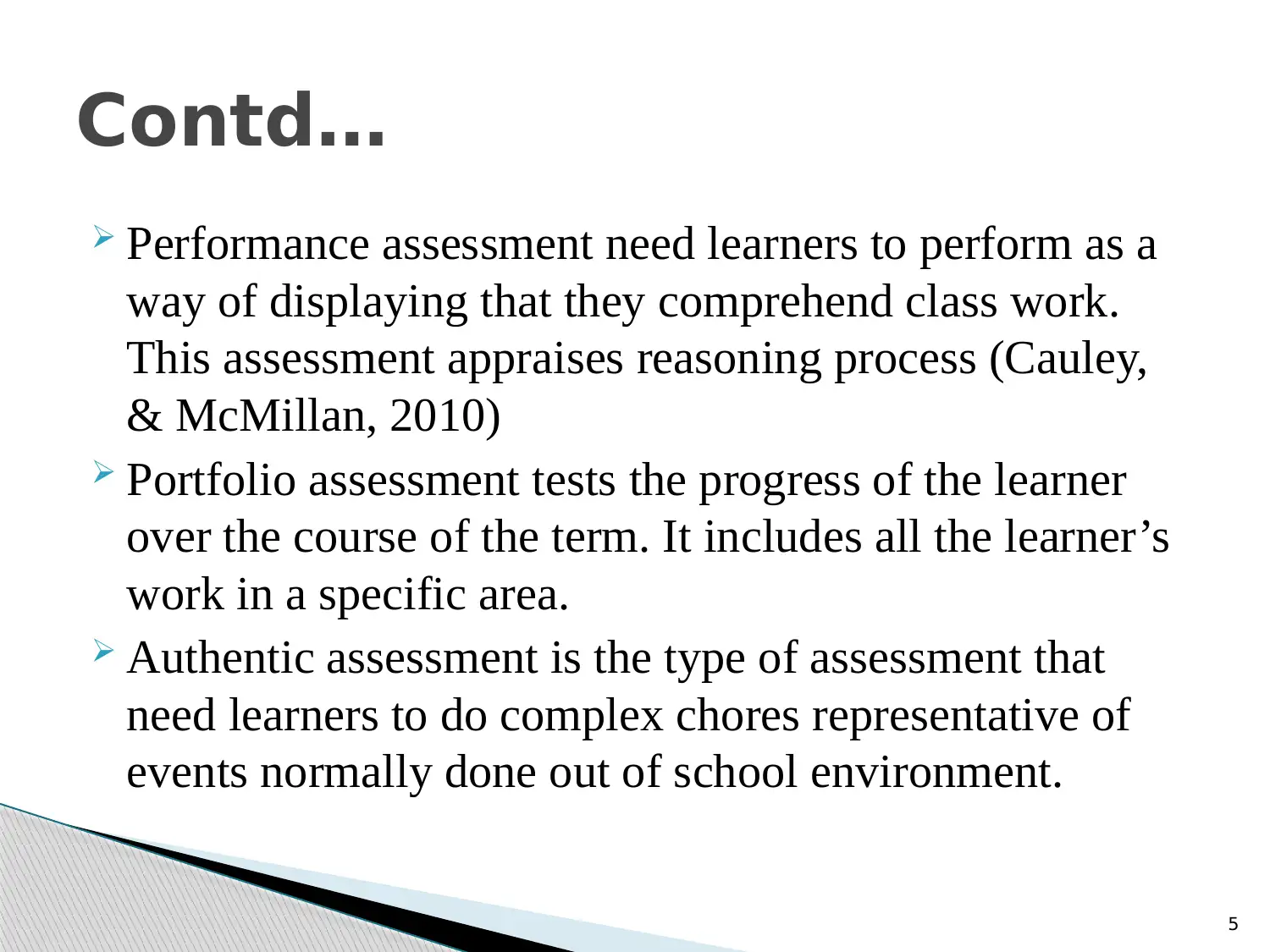
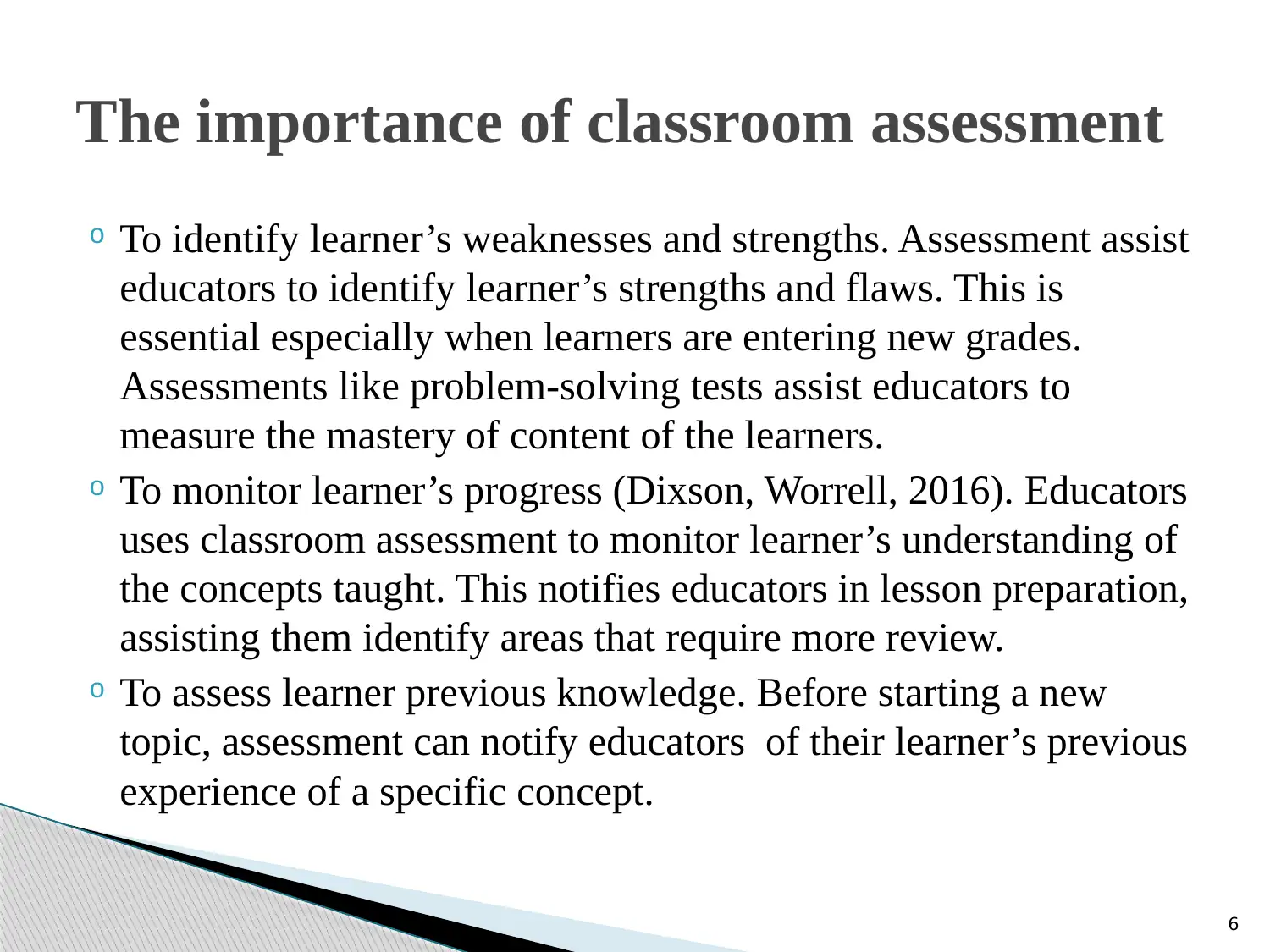
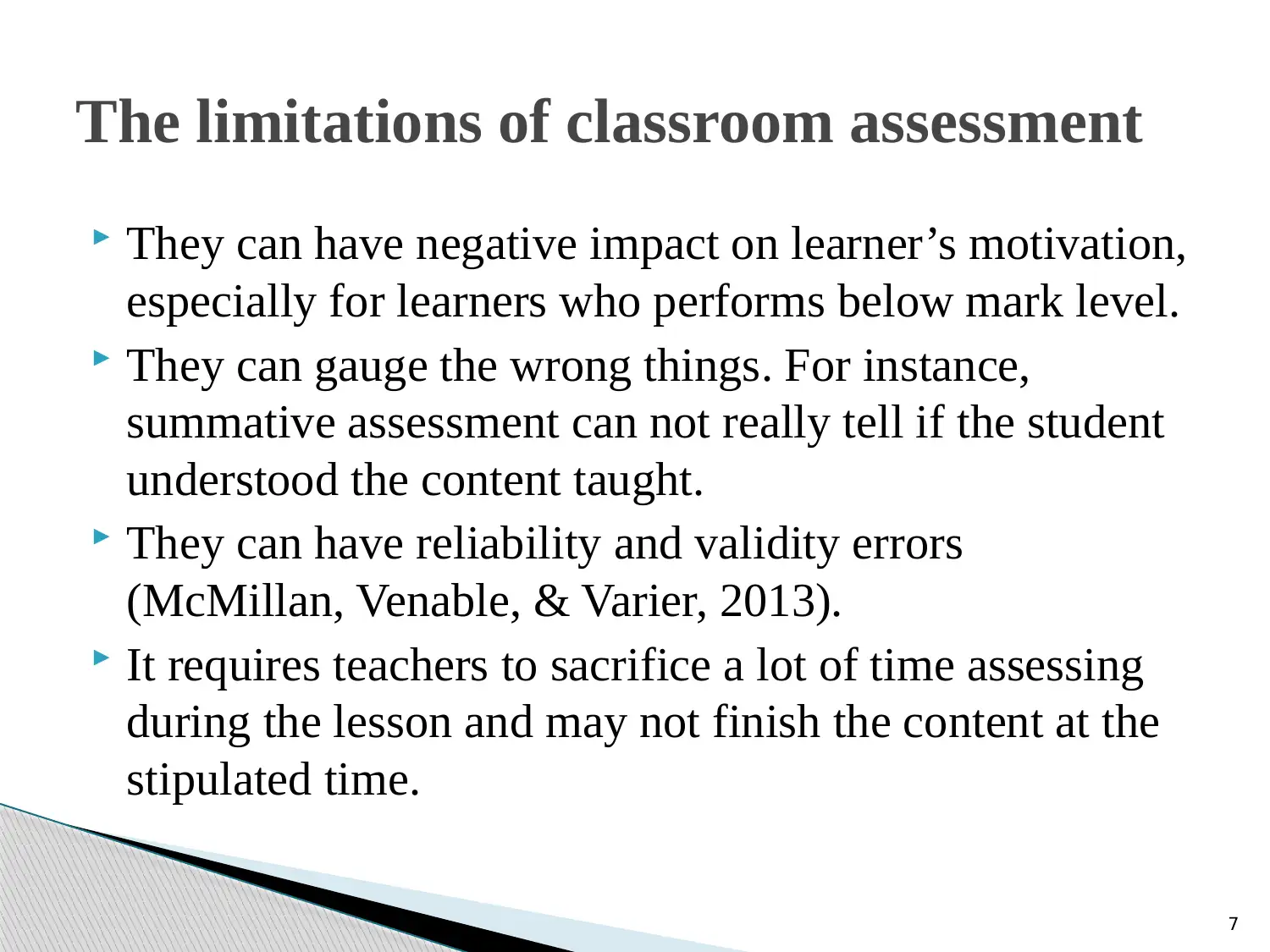
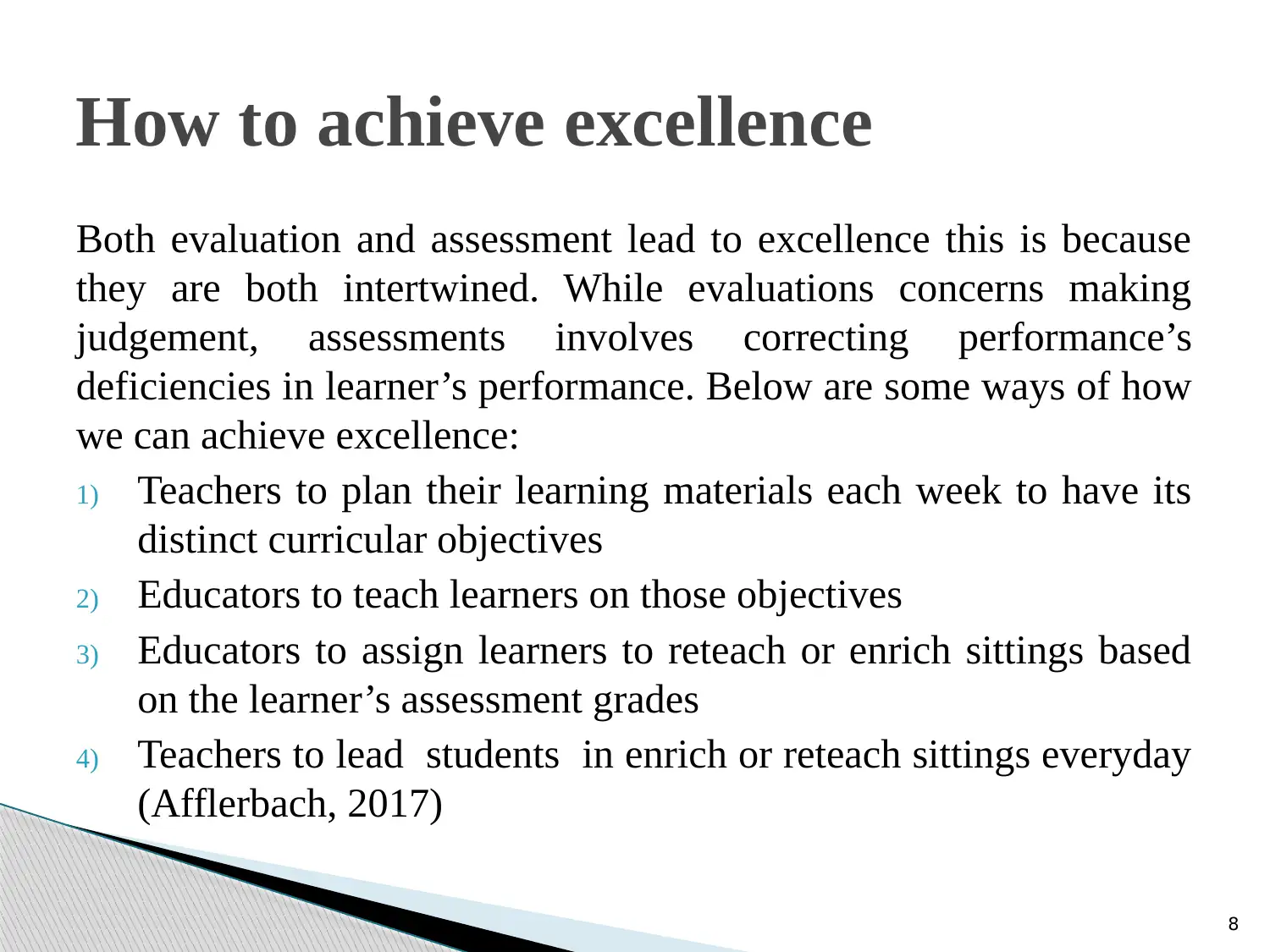
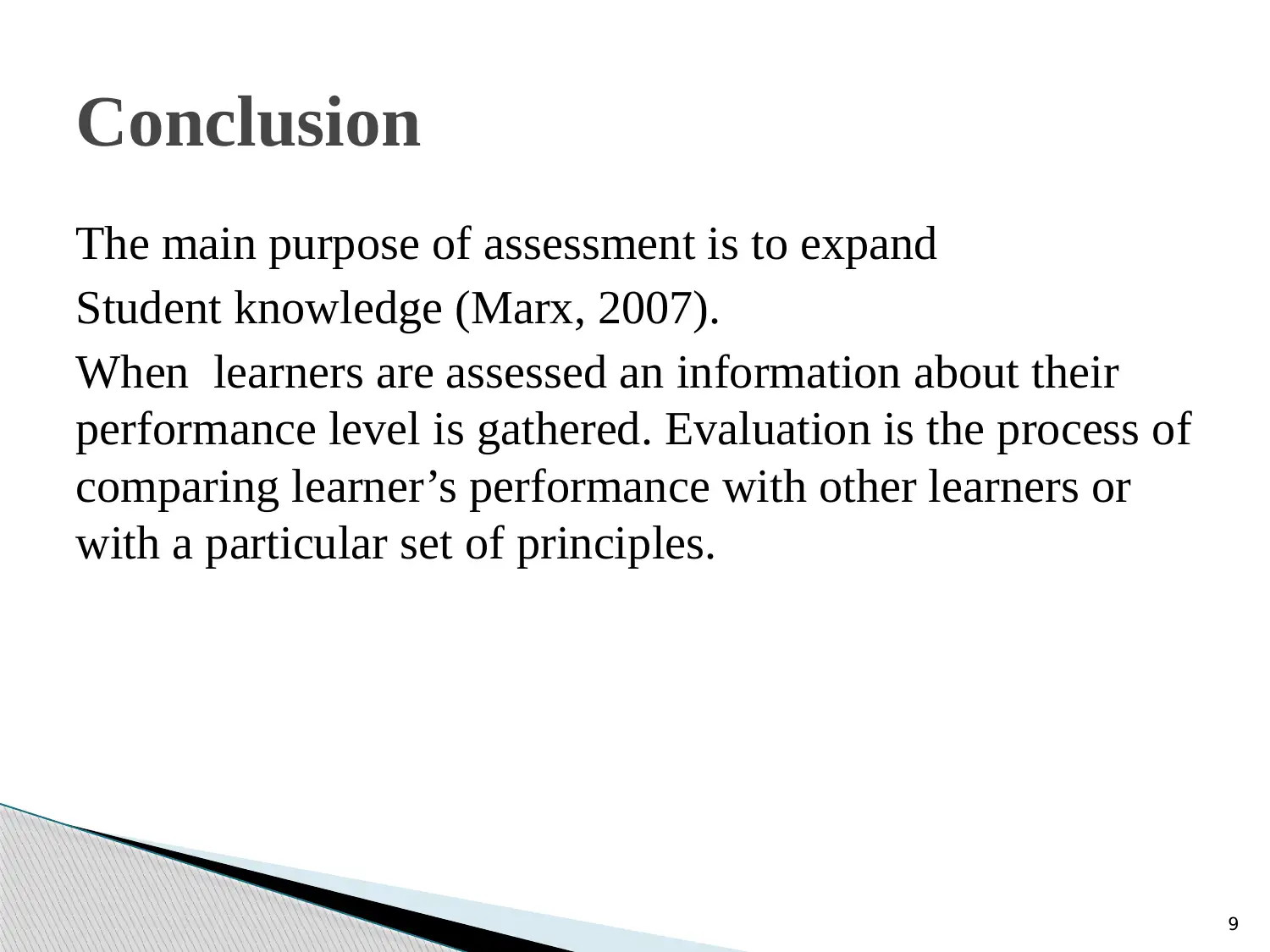
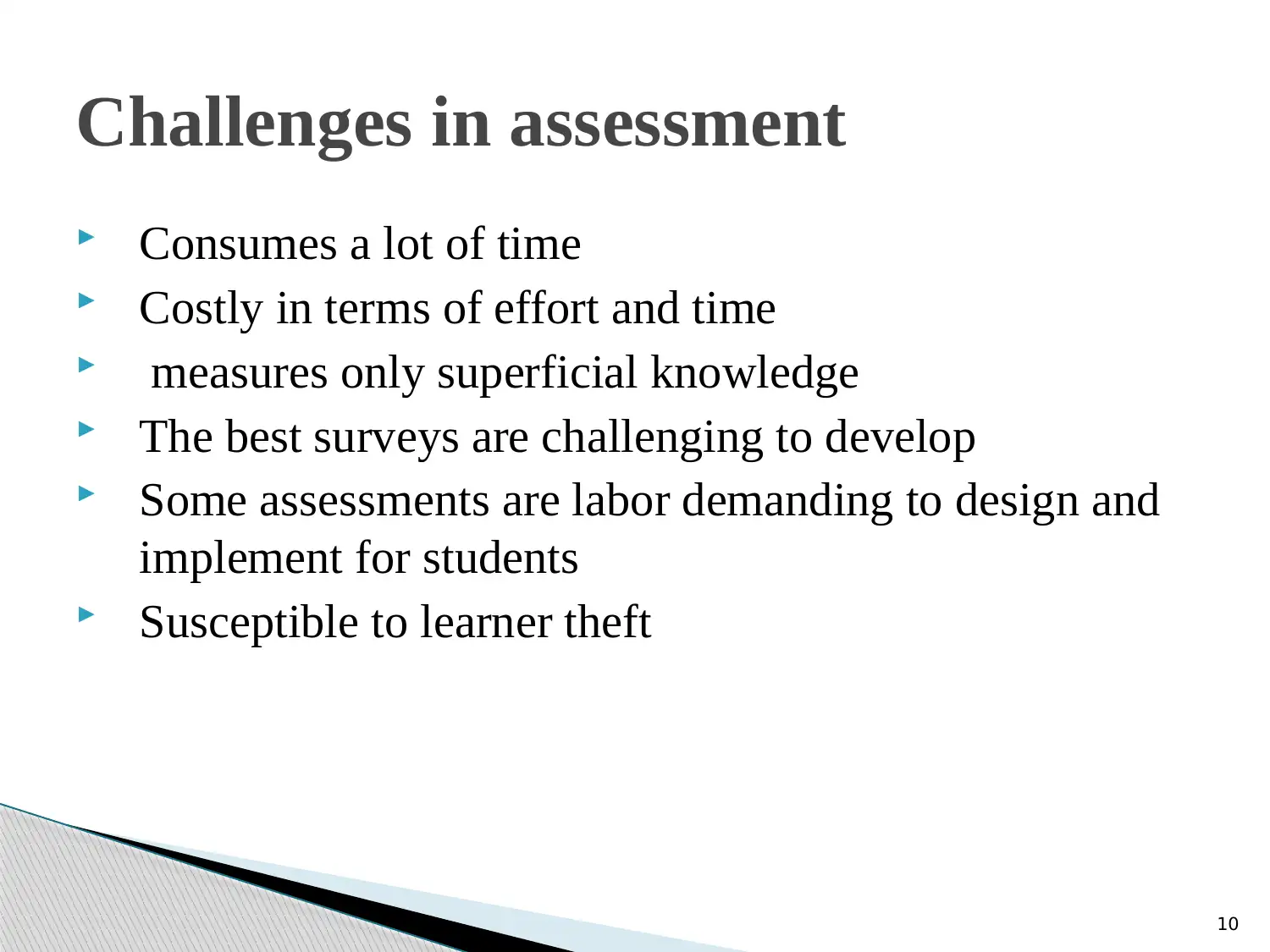
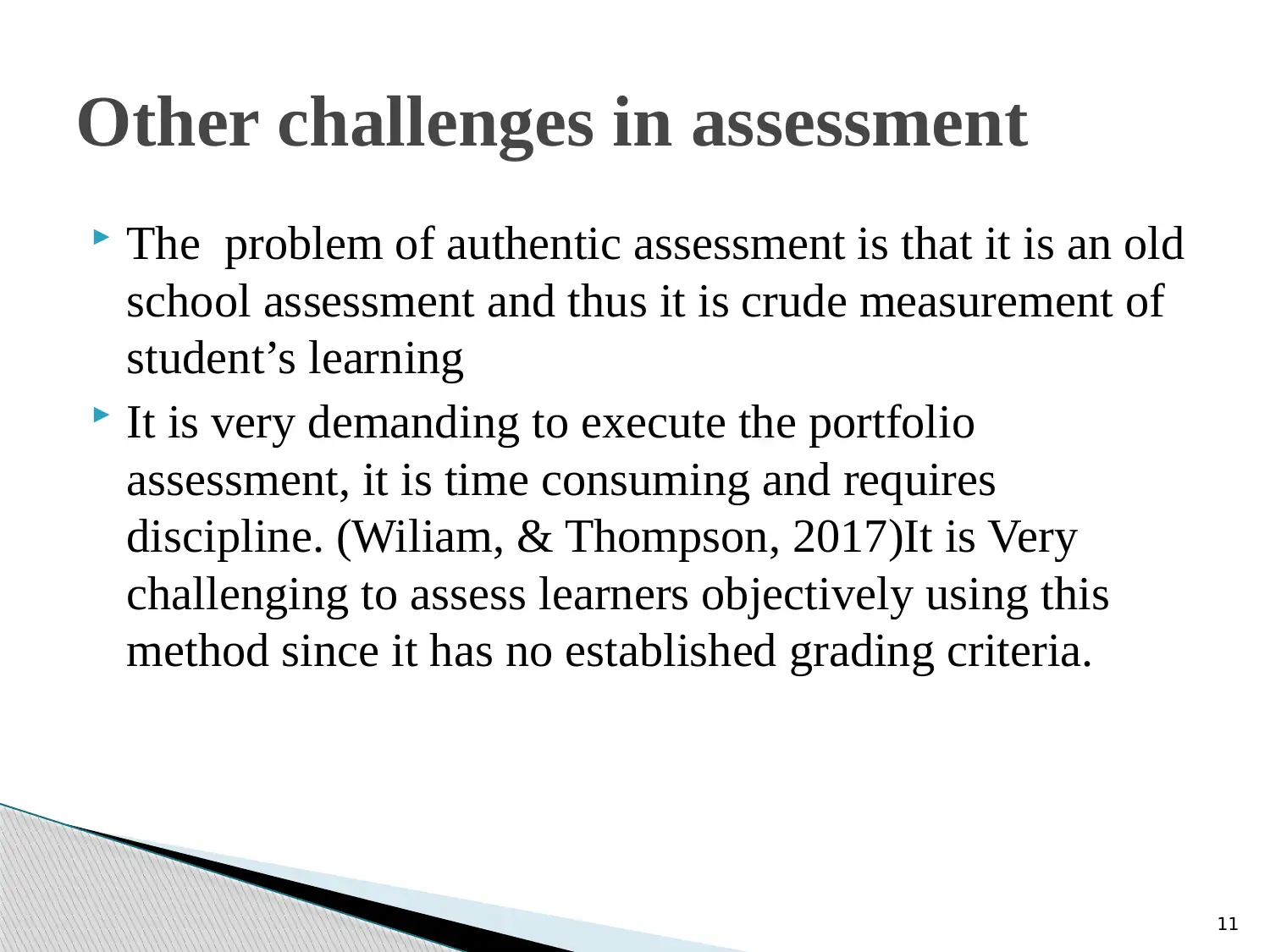
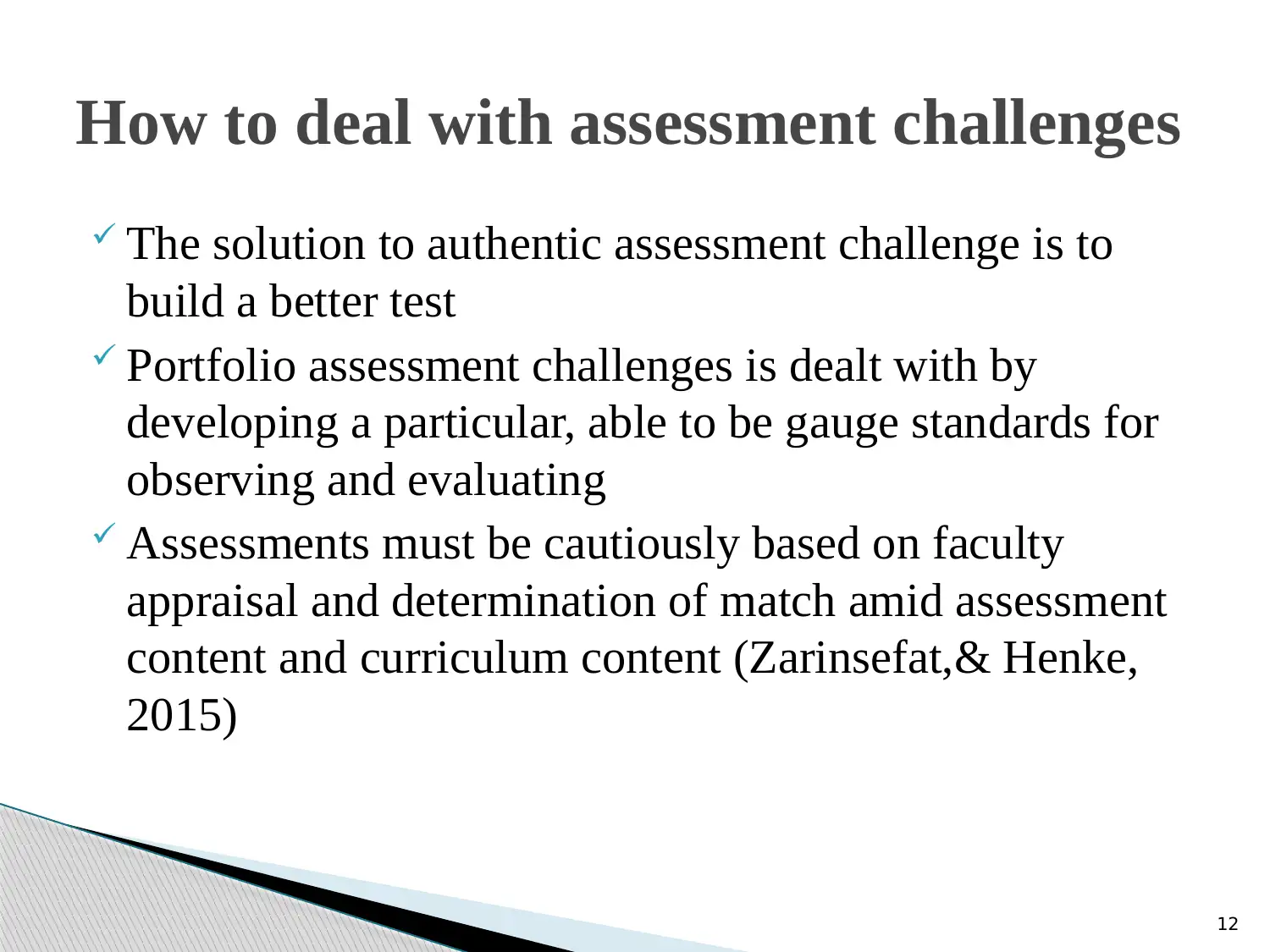





![[object Object]](/_next/static/media/star-bottom.7253800d.svg)